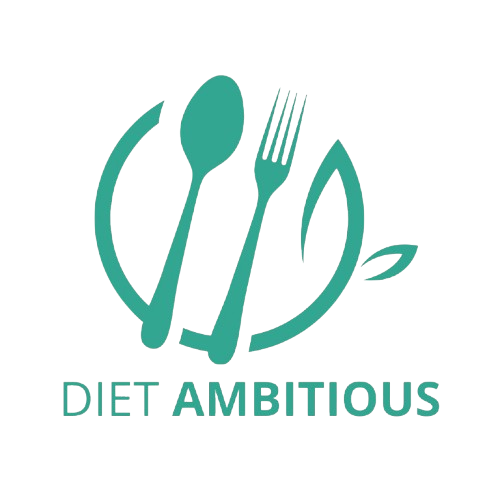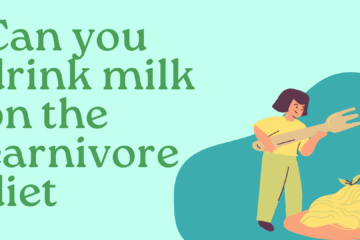In this guide, we’ll explore the red-eared slider diet, including what foods are best for them, how to create a balanced meal plan, and some feeding tips to ensure they stay happy and healthy.
Red-eared sliders are one of the most popular pet turtle species, known for their vibrant appearance and calm temperament.
Table of Contents
To keep your red-eared slider healthy and thriving, it’s essential to feed them a balanced diet. These turtles are omnivores, meaning they require both plant-based foods and animal proteins in their diet.
Red-Eared Slider Diet
A well-balanced diet for a red-eared slider includes both animal and plant-based foods. It’s important to offer a variety of options to ensure they’re getting all the essential nutrients they need to grow, stay active, and maintain a healthy shell.
1. Animal-Based Foods (Protein)
Protein is essential for red-eared sliders, especially for young, growing turtles. Here are some great sources of animal-based protein:
- Live or Frozen Fish: Small fish like minnows, guppies, or goldfish.
- Earthworms: A nutritious and natural source of protein.
- Crickets and Mealworms: Offer these as occasional treats.
- Insects: Red-eared sliders love to hunt small insects like grasshoppers and beetles.
- Commercial Turtle Pellets: These specially formulated pellets are a great source of protein. Ensure they are high-quality, as some can be too high in fat or artificial additives.
- Shrimp: Both freshwater and saltwater shrimp are great for red-eared sliders.
2. Plant-Based Foods (Vegetables and Greens)
In addition to protein, red-eared sliders need plant matter to stay healthy. Here are some good plant-based options for your turtle:
- Leafy Greens: Offer a variety of leafy greens like kale, collard greens, dandelion greens, and mustard greens.
- Aquatic Plants: Red-eared sliders love aquatic plants such as water lettuce, water hyacinth, and duckweed. You can grow these in their tank or feed them from your yard (ensure they are pesticide-free).
- Vegetables: Red-eared sliders enjoy vegetables like carrots, squash, zucchini, and bell peppers.
- Fruits: While fruits should be fed in moderation, options like strawberries, raspberries, and blueberries make great treats. Apples and melons are also acceptable in small amounts.
- Leafy Vegetables: Romaine lettuce and spinach can be offered occasionally, but they should not make up the majority of their diet due to their low nutritional value compared to other greens.
3. Calcium and Supplements
Calcium is crucial for the health of your turtle’s shell and bones. You can provide calcium in several ways:
- Cuttlebone: This is a great source of calcium and can be placed in the tank for your turtle to nibble on.
- Calcium Powder: Dust their food with a calcium supplement to ensure they’re getting enough of this vital nutrient.
- Vitamin D3: This is important because it helps turtles absorb calcium. If your turtle isn’t getting enough sunlight, consider providing a supplement or using a UVB light in their habitat.
How Often Should You Feed Your Red-Eared Slider?
- Baby turtles (up to 6 inches): Feed them once a day.
- Juvenile turtles (6-12 inches): Feed them 3-4 times a week.
- Adult turtles (over 12 inches): Feed them 2-3 times a week.
Avoid overfeeding, as it can lead to obesity and health issues.
If you’re unsure about how much to feed your turtle, consult with a reptile veterinarian for more specific guidance based on their age and size.
Foods to Avoid for Red-Eared Sliders
There are certain foods that should be avoided to keep your turtle healthy:
- Processed or Junk Foods: Avoid feeding your turtle foods that are too processed or high in fat, like chips, bread, and fast food.
- Dairy: Do not give your turtle dairy products like milk, cheese, or yogurt. Turtles are lactose intolerant and can experience digestive issues.
- Citrus Fruits: Citrus fruits like oranges and lemons can cause digestive upset in turtles and should be avoided.
- Invasive Plants: Avoid feeding your turtle plants from outside unless you’re sure they are non-toxic and pesticide-free.

Conclusion
Feeding your red-eared slider a balanced, nutritious diet is essential to ensure they live a long, healthy life. By providing a combination of high-quality protein sources, leafy greens, fruits, and calcium supplements, you’ll be able to meet their dietary needs and keep them in top shape.
Remember to observe your turtle’s eating habits, offer a variety of foods, and avoid overfeeding. With the right care and feeding routine, your red-eared slider will thrive and remain a happy companion.




